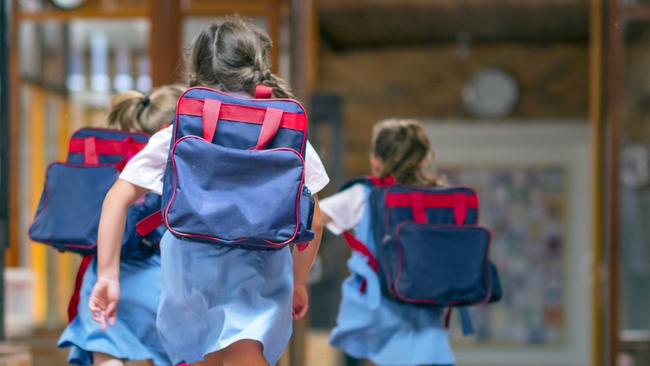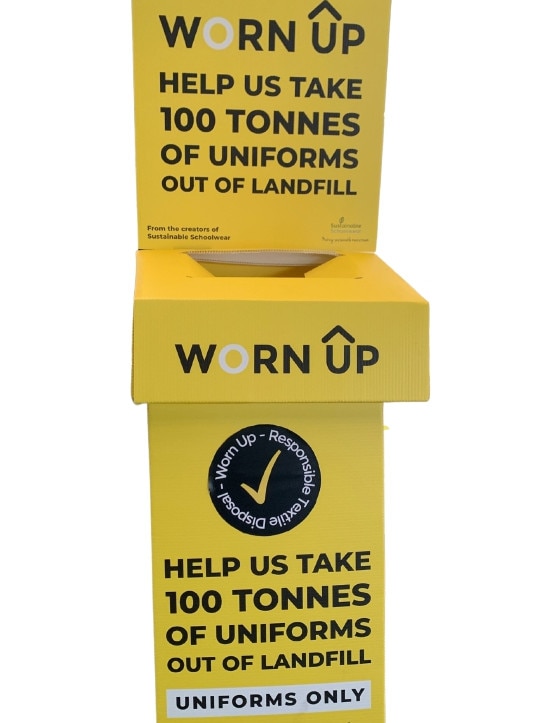Fast fashion’s massive waste problem
Australians discard an astonishing number of clothes every year – with school uniforms at the top of the list. But moves are afoot to stop the problem.

Environment
Don't miss out on the headlines from Environment. Followed categories will be added to My News.
From school students whose growing bodies need new uniforms every 12 to 18 months, to social media fashionistas who feel they can never wear the same thing twice – Australia chucks out an astonishing 800,000 tonnes of textiles per year.
About 90 per cent of this total – equivalent to 31kg for every Australian – ends up in landfill.
Environment Minister Sussan Ley will today announce the formation of a fashion industry roundtable to tackle the problem, together with a $350,000 grant for the Australasian Circular Textile Association (ACTA) to find solutions.
“We all have to wear clothes but we are buying them at such a rate that we don’t know what to do with them when they are too old, too worn or simply out of fashion,” Ms Ley said.
“For the most part we are importing these items from overseas and dumping them in landfill here at the end of their life.”

ACTA founder and CEO Camille Reed told News Corp Australia there was a need for better data, with the key annual report on Australia’s waste currently lumping textiles in with rubber and leather goods.
“We need an industry led approach to find the ways we can break down clothing elements and re-use individual components and actually the fabrics themselves,” Ms Reed said.
“There are some key technologies around the corner in terms of breaking down cotton and polyester blends and we need to be in a position to make the most of those opportunities.”
One organisation already making headway in this area is Worn Up, a Sydney-based start-up that collects and re-purposes discarded school uniforms.
In the past five months, the organisation has collected uniforms from 50 schools across Australia and prevented 10 tonnes of textiles from ending up in landfill.
“Each school discards up to 200 kilos annually of uniforms, and there are 10,000 schools across Australia,” Worn Up founder Anne Thompson said.


By collecting uniforms from drop-off bins at schools, the items are less contaminated than they would be if they were included in kerbside recycling programs, she said.
School uniforms could be recycled in a range of ways, she said. Soft natural materials such as cotton or wool could be turned into dog beds, upholstery, carpet underlay or mattress toppings, while the organisation had shown synthetic fibres could be turned into objects such as desks and even tiles.
“Textiles are the new plastics,” Ms Thompson said.
“We need to be innovative.”
Schools needed to be more mindful when they updated student uniforms, she said. One private school that introduced a new uniform created a tonne of old clothes that were to be thrown out, 73 per cent of which were still in plastic.
Ms Ley said work uniforms were also an issue. While half the Australian workforce wore a uniform, fewer than 1 per cent of them were recycled, she said.





